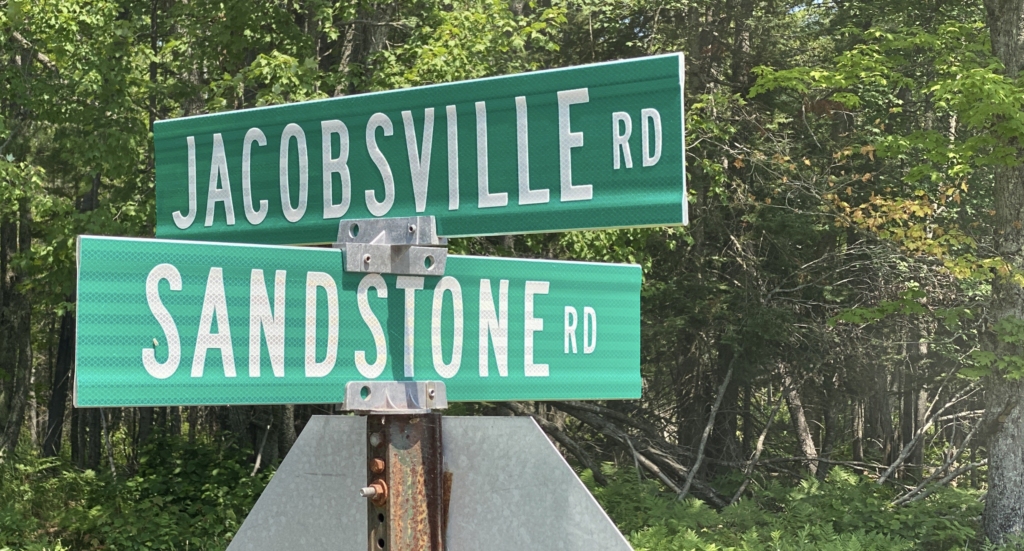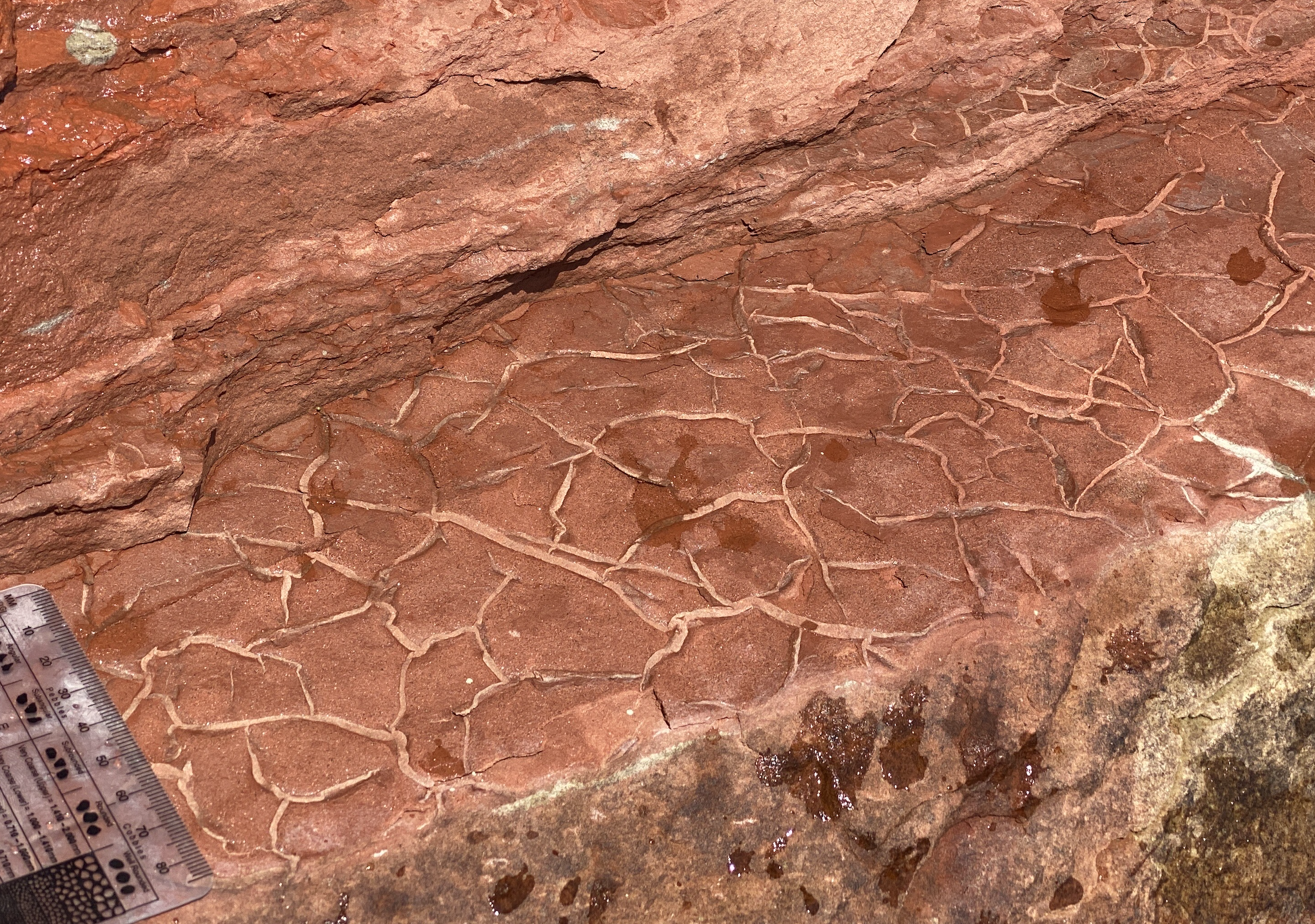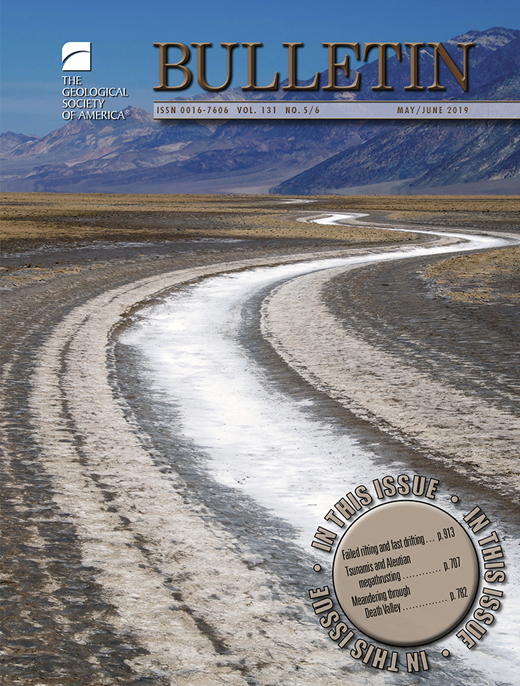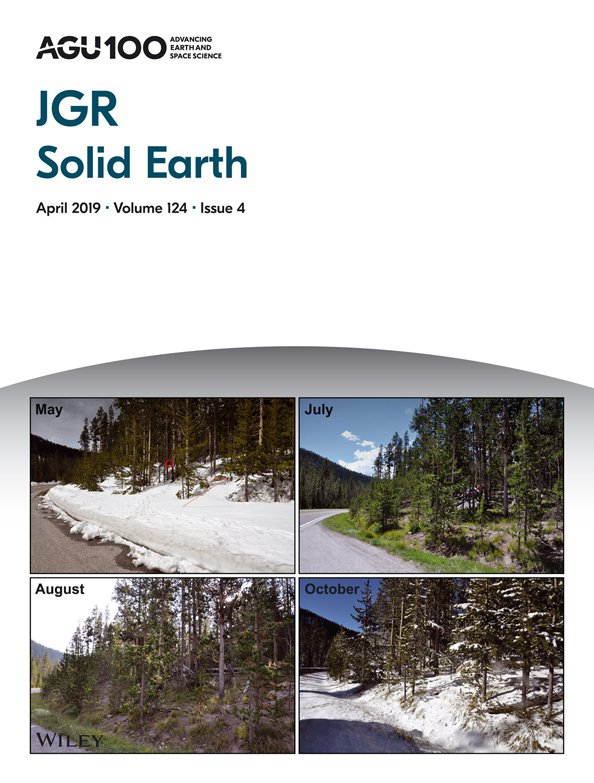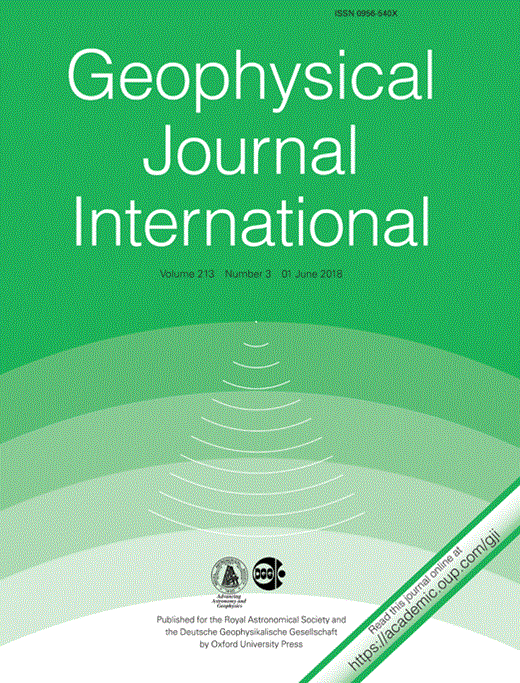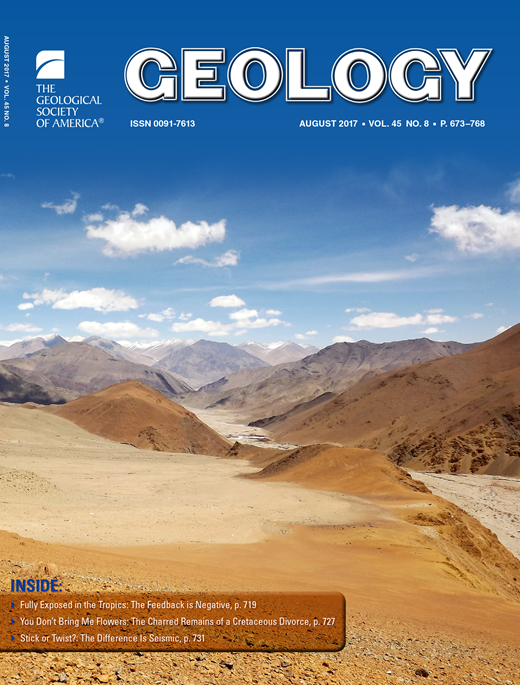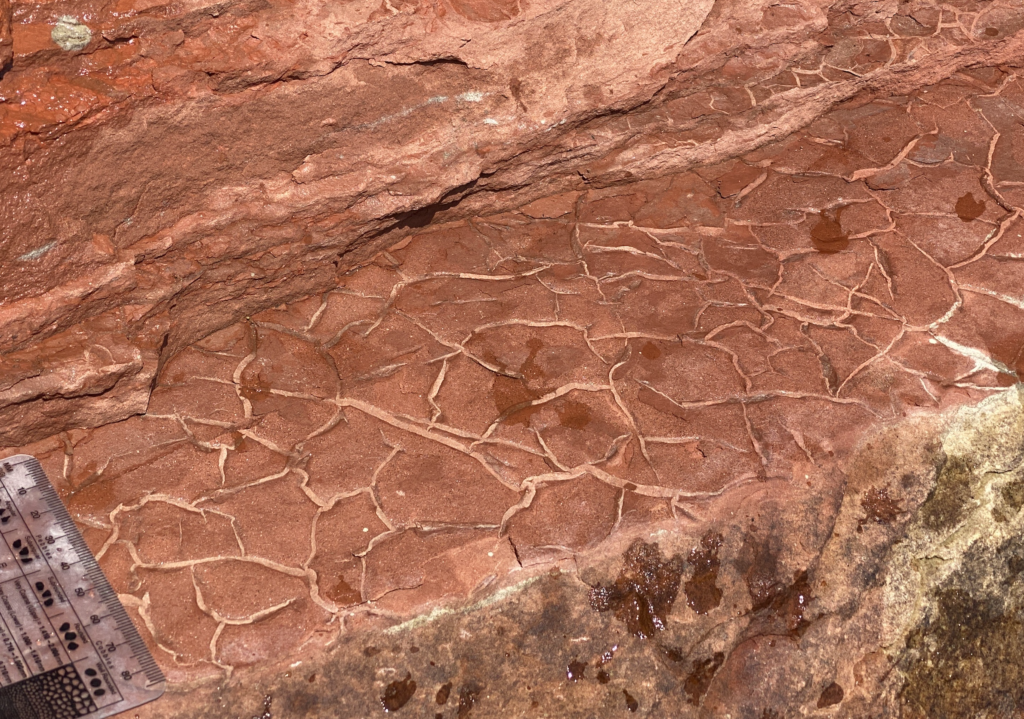
The Jacobsville Formation of northern Michigan contains a marvelous sedimentary record of a fluvial terrestrial environment from the early Neoproterozoic Era. We recently published new data from the Jacobsville that constrain its depositional age to ca. 990 million years ago (https://doi.org/10.1130/G49439.1). While the Jacobsville Formation is often called the “Jacobsville Sandstone,” it contains a variety of lithologies in addition to sandstones including conglomerate, siltstone, and claystone. The photo above is of mudcracks that formed in sediment that was deposited during an overbank flooding event. Subsequent desiccation of the sediment after flood waters retreated/evaporated led to the formation of mudcracks. In the image, the darker red layer is the clay-containing fine-grained sediment with the desiccation cracks exposing the lighter colored sandstone beneath. If you look closely, you can see another horizon of mudcracks about 2 cm stratigraphically higher than the main bedding plane on which the scale card is resting.
